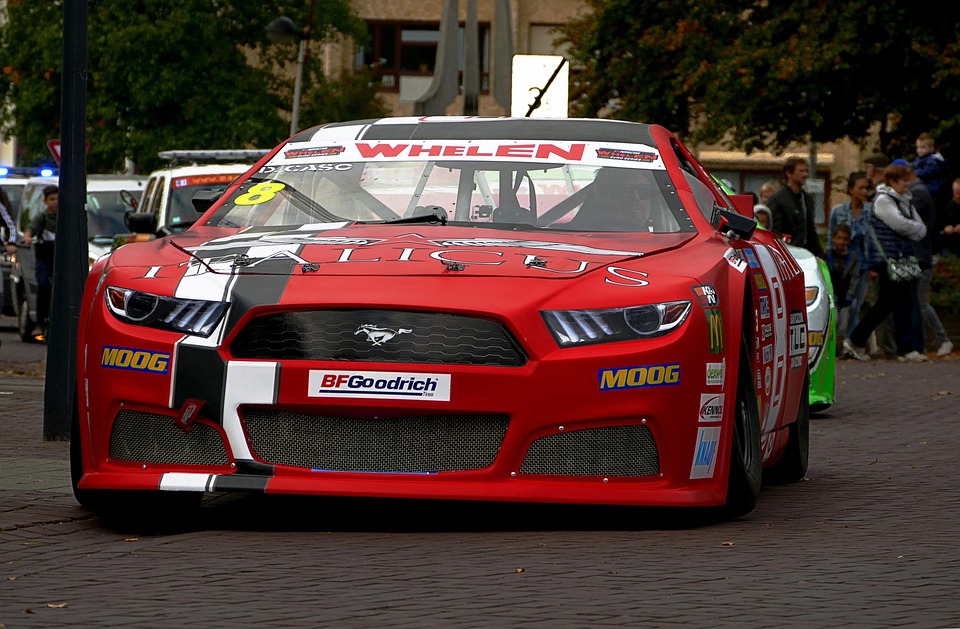NASCAR, known for its thrilling high-speed races and passionate fanbase, has increasingly prioritized driver safety in response to the inherent risks of auto racing. As the sport evolves, so do innovations and regulations aimed at protecting the well-being of drivers and crew members. In recent years, the organization has implemented a comprehensive approach to safety, addressing everything from vehicle design to track conditions.
Evolving Regulations
One of the cornerstones of NASCAR’s commitment to safety is the continuous evolution of regulations. Following high-profile accidents, such as the tragic death of Dale Earnhardt in 2001, NASCAR recognized the urgent need to enhance safety measures. As a result, the sanctioning body introduced the Car of Tomorrow, which featured improved design elements, including a strengthened chassis and energy-absorbing materials to reduce impact during collisions.
NASCAR’s regulations have also mandated the use of the Head and Neck Support (HANS) device, which significantly reduces the risk of head and neck injuries during crashes. The organization continues to refine these measures, regularly reviewing data from incidents to adjust safety protocols accordingly.
Innovative Vehicle Design
The design and engineering of race cars have advanced substantially, prioritizing driver safety without compromising performance. Modern NASCAR vehicles are equipped with advanced safety features, including:
-
Crumple Zones: Similar to passenger vehicles, NASCAR cars have crumple zones designed to absorb energy from impacts, minimizing the forces transmitted to the driver.
-
Safety Cell: The driver’s cockpit is designed as a protective ‘safety cell’ that provides a barrier against external forces. This cell is fortified with materials that can withstand high levels of impact.
-
Fire Suppression Systems: Each car is equipped with on-board fire suppression systems, enabling quick responses to potential fire hazards during crashes.
- Improved Seat Design and Harness Systems: Custom-fit seats and multi-point harness systems are now standard, offering better support and restraint to drivers, thus reducing injury risk during an accident.
Enhanced Medical Protocols
NASCAR doesn’t just stop at vehicle safety; it has also revamped its medical protocols. All racing events feature highly trained medical personnel on-site, equipped with advanced tools to respond swiftly to emergencies. The NASCAR Medical Liaison Team, which includes doctors and specialists, monitors drivers and conducts mandatory medical evaluations, ensuring they are fit to race.
In recent seasons, NASCAR has emphasized concussions and the long-term effects of head injuries. Drivers are closely monitored for any signs of concussion, and strict protocols are in place for returning to the track after such an injury.
Collaborative Research
NASCAR also collaborates with leading safety organizations and universities to conduct research aimed at understanding and reducing racing injuries. Partnerships with institutions like the University of Nebraska Medical Center and others focus on biomechanics and crash testing, producing invaluable data that informs ongoing safety innovations.
One groundbreaking initiative is the NASCAR Safety Research and Development Center, which utilizes state-of-the-art crash simulation technology to analyze collision dynamics. This proactive approach ensures that NASCAR remains at the forefront of safety advancements in motorsports.
Fan Engagement in Safety Awareness
NASCAR recognizes that safety extends beyond the track. Engaging fans in discussions about safety has become integral to the sport’s identity. Campaigns such as “NASCAR Hall of Fame’s Safety Sessions” and various media outreach initiatives educate fans on the safety measures in place, fostering a culture of safety awareness within the NASCAR community.
Conclusion
As NASCAR continues to grow and evolve, its commitment to safety remains unwavering. Through a combination of innovative vehicle design, strict regulations, collaborative research, and proactive medical protocols, NASCAR is setting the standard for safety in motorsports. While the high-speed action of racing will always carry risks, the advancements in safety measures ensure that drivers are better protected than ever, allowing them to focus on what they do best: competing at the highest level. Safety first—it’s not just a motto; it’s a commitment that defines the future of NASCAR.


